Home>Ideas and Tips>Understanding Property Lines: How To Avoid Disputes With Neighbors
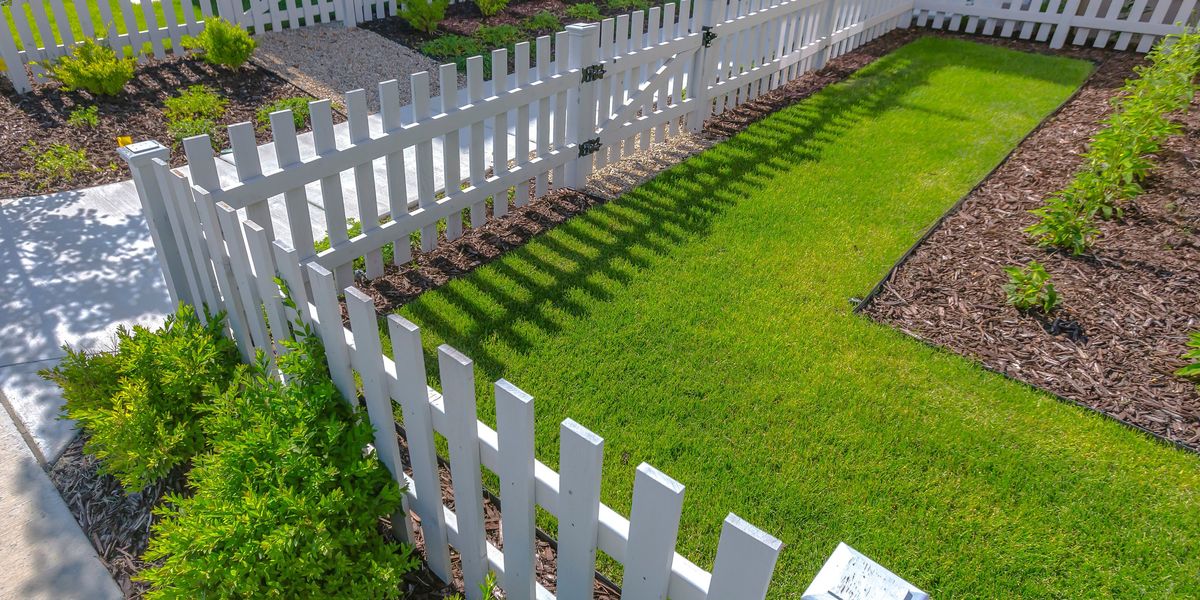

Ideas and Tips
Understanding Property Lines: How To Avoid Disputes With Neighbors
Published: September 26, 2024
Learn how to define property lines, use land maps, and resolve disputes with neighbors to maintain harmonious relationships and protect your property rights.
(Many of the links in this article redirect to a specific reviewed product. Your purchase of these products through affiliate links helps to generate commission for Storables.com, at no extra cost. Learn more)
Living in a community with clear and well-defined property lines is essential for maintaining harmonious relationships with your neighbors. Property lines serve as the legal boundaries that determine where one person's property ends and another's begins. However, these boundaries can often be unclear or disputed, leading to conflicts and misunderstandings. In this article, we will delve into the significance of property lines, how to effectively utilize land maps, and the steps you can take to avoid and resolve property line disputes.
The Significance of Property Lines
Property lines are more than just invisible lines on a map; they are the legal safeguards that protect homeowners' rights to their properties. These boundaries help avoid disputes and prevent accidental trespassing onto a neighbor's land. Understanding these boundaries is crucial for establishing a clear space within your own property without encroaching on your neighbor's space.
Defining Property Lines
Property lines are typically defined by surveys conducted by licensed surveyors. These surveys provide precise information about the dimensions and borders of properties, ensuring that everyone knows exactly where their land begins and ends. Local authorities often keep records containing information about cadastral surveys and property line markings for specific regions, which can be crucial in determining the precise locations of your property lines.
Importance in Real Estate Transactions
Property lines play a significant role in real estate transactions. Clearly defined property lines are necessary for determining the property's value, ensuring compliance with zoning and land use regulations, and calculating property taxes. Without clear boundaries, buying or selling property can become complicated and potentially lead to disputes.
Effective Use of Land Maps
Land maps are essential tools for accurately showing the dimensions and borders of properties. Here are some effective ways to use land maps:
Refer to Official Records
Local authorities maintain records containing information about cadastral surveys and property line markings. Obtaining details from these records is vital to knowing the precise locations of your property lines. These records can provide historical data that helps in understanding past transactions, agreements, and boundary adjustments.
Obtain Surveys Done by Licensed Surveyors
Hiring a surveyor can help establish boundaries, especially in cases where there might be uncertainty or disagreements about property lines. A licensed surveyor can provide documented proof of the property lines, which is essential for resolving disputes.
Clearly Mark Your Boundaries
Setting up markers such as fences or boundary stones along your property line makes it easy to identify not only for yourself but also for your neighbors. Clearly marking your boundaries helps prevent misunderstandings and ensures that everyone knows where their property starts and ends.
Communicate with Neighbors
Sharing information about the positions of your corners or markers with your neighbors is crucial. This helps prevent future misunderstandings and fosters a sense of community. Regular communication with neighbors to discuss and confirm property boundaries can contribute to maintaining a clear understanding among adjoining property owners.
Navigating Boundaries for a Positive Relationship
Maintaining respectful relationships with neighbors is essential for a living environment. Here are some suggestions on how to handle boundaries:
Respect Personal Space
Be mindful not to intrude on your neighbor's property, whether unintentionally. Always consult with them before engaging in any activities that could affect your shared boundaries. Respecting personal space helps avoid conflicts and promotes a harmonious living environment.
Privacy Concerns
Prioritize respecting privacy when addressing matters. Ensure that vegetative screens or trees do not impinge on your neighbor's visual or noise privacy. This helps maintain a peaceful environment and avoids potential disputes.
Keep an Eye Out for Signs of Conflicts
Be alert to any indications of disputes, like uncertainty during property line discussions or frequent surveys happening in the neighborhood. It's important to address any concerns to prevent tensions from escalating.
Effective Communication is Crucial
Foster communication channels by getting acquainted with your neighbors and discussing issues related to property boundaries well in advance before they turn into major problems. Maintaining conversations helps build relationships and improves problem-solving capabilities if any disputes arise.
Anticipating Potential Disagreements
When property lines are clear and communication is strong, disputes can still occur. It's essential to be proactive in anticipating disagreements and taking steps to resolve them:
Conduct Regular Property Inspections
Make it a habit to check your property boundaries regularly to ensure neighbors make no encroachments or alterations. If you notice any discrepancies, document the problem and engage in discussions with the neighbor involved.
Explore Mediation Options
If a boundary dispute cannot be settled through talks, consider involving a third party, such as a mediator or arbitrator. These professionals can facilitate dialogue and help find mutually acceptable resolutions.
Steps to Resolve Property Line Disputes
Resolving property line disputes requires a multifaceted approach that combines open communication, negotiation, legal guidance, and a clear understanding of property boundaries. Here are the steps you can take:
Have the Conversation
Having a talk with your neighbors about a property line might be an awkward thing to bring up, no matter your relationship. It is best to bring up any property line disputes politely and as soon as possible to avoid costly construction.
Use Documentation as Proof
Documentation is a powerful ally in substantiating your claim and resolving the issue with your neighbor. The following documents serve as concrete evidence to demonstrate that the encroachment is indeed occurring:
- Property deed
- Plat map
- Certificate of title
- Previous survey
- Legal land description.
Install Fences or Signage
If you are a landowner that is having some trouble with trespassing, the best thing to do may be clearly marking your property with no trespassing signs or private property signs. These signs may be all you need to deter foot traffic or trespassers on your land — especially if there is a fine attached.
Hire an Attorney
As with any serious legal dispute in court, it may be best to hire an attorney. They will be able to take the necessary steps to stop your neighbor from any other building or trespassing. They will be able to issue cease and desist letters or lawsuits depending on how severe your case has become.
Search Your Title
If you are in the midst of a dispute with your neighbor, you will want to conduct a title search that will show the legal ownership lines. You will perform a title search into public records to discover legal ownership that should be able to prove who is right in the property dispute. Title searches can cost up to $200, depending on where you live.
Enlist the Help of a Land Surveyor
Hiring an experienced land surveyor will often be necessary for resolving property line disputes. A land survey serves as an objective and impartial source of information, accurately determining property lines and preventing future disputes.
Conclusion
Understanding property lines is crucial for maintaining harmonious relationships with your neighbors. By using land maps properly, establishing clear boundaries, communicating openly, and anticipating potential disagreements, you can avoid and resolve property line disputes effectively. Remember that creating a harmonious community begins with acknowledging and respecting each other's space.
In summary:
- Understand the Root Cause: Identify the specific factors contributing to the dispute, such as unclear boundaries or changes in property ownership.
- Negotiate Amicably: Explore negotiation and alternative dispute resolution methods before considering legal intervention.
- Legal Representation Matters: When disputes escalate, seek the guidance of a real estate attorney to protect your rights and navigate property law complexities.
- Survey for Accuracy: Conduct a detailed land survey to obtain precise information about property lines and prevent future disputes.
- Establish Clear Boundaries: Proactively define and document property lines, fostering clear communication with neighbors to avoid potential conflicts.
- Tap into Property History: Gain insights into the property’s history through historical records and shared perspectives, providing valuable context for dispute resolution.
By following these steps, you can ensure that your property lines are clearly defined, reducing the likelihood of disputes with your neighbors and fostering a more harmonious living environment.
Was this page helpful?
At Storables.com, we guarantee accurate and reliable information. Our content, validated by Expert Board Contributors, is crafted following stringent Editorial Policies. We're committed to providing you with well-researched, expert-backed insights for all your informational needs.






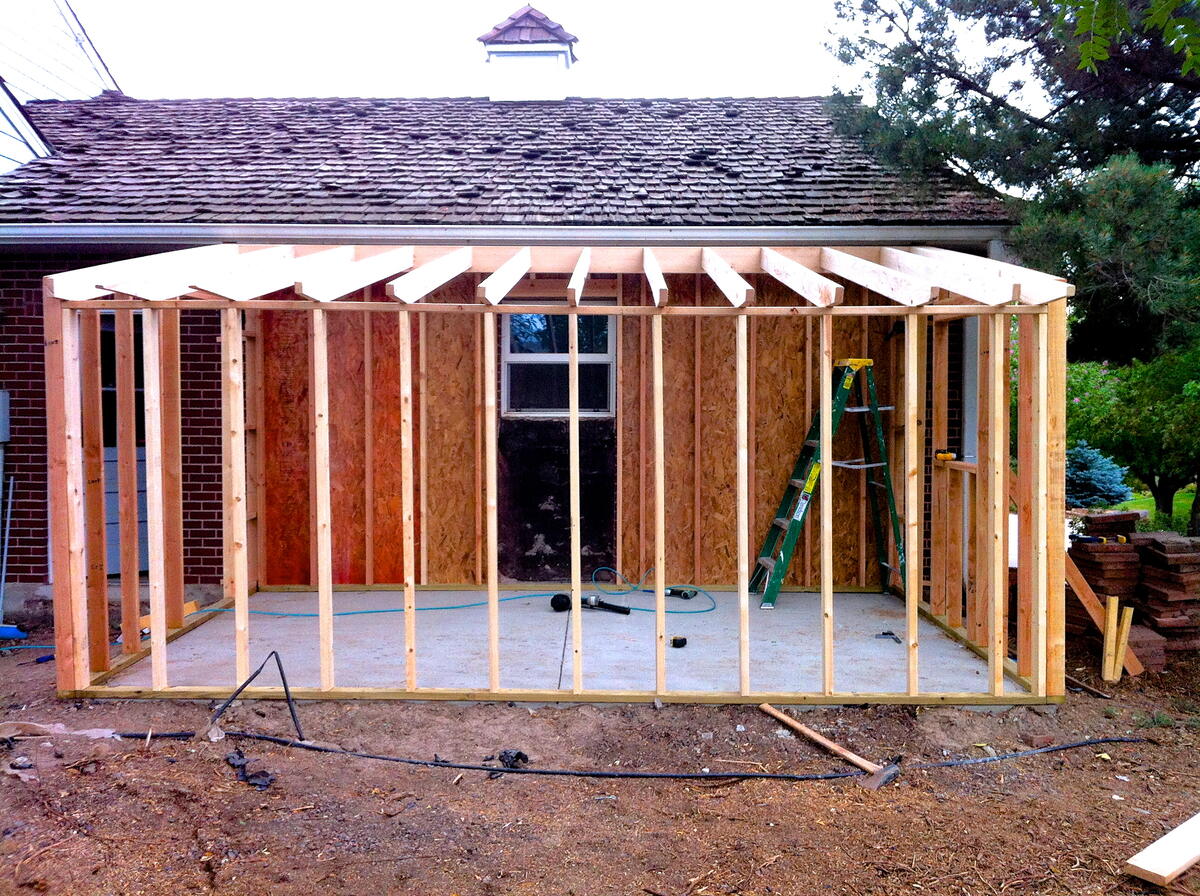
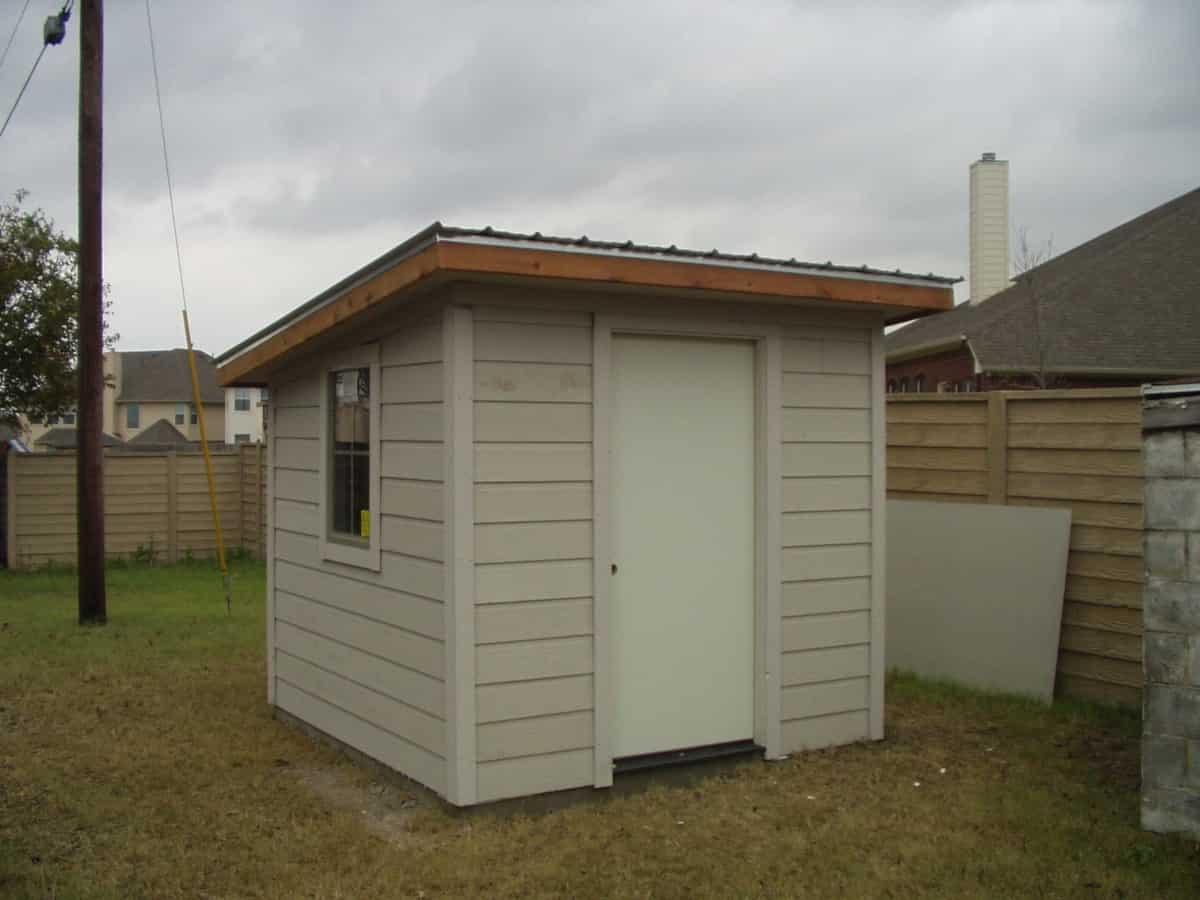



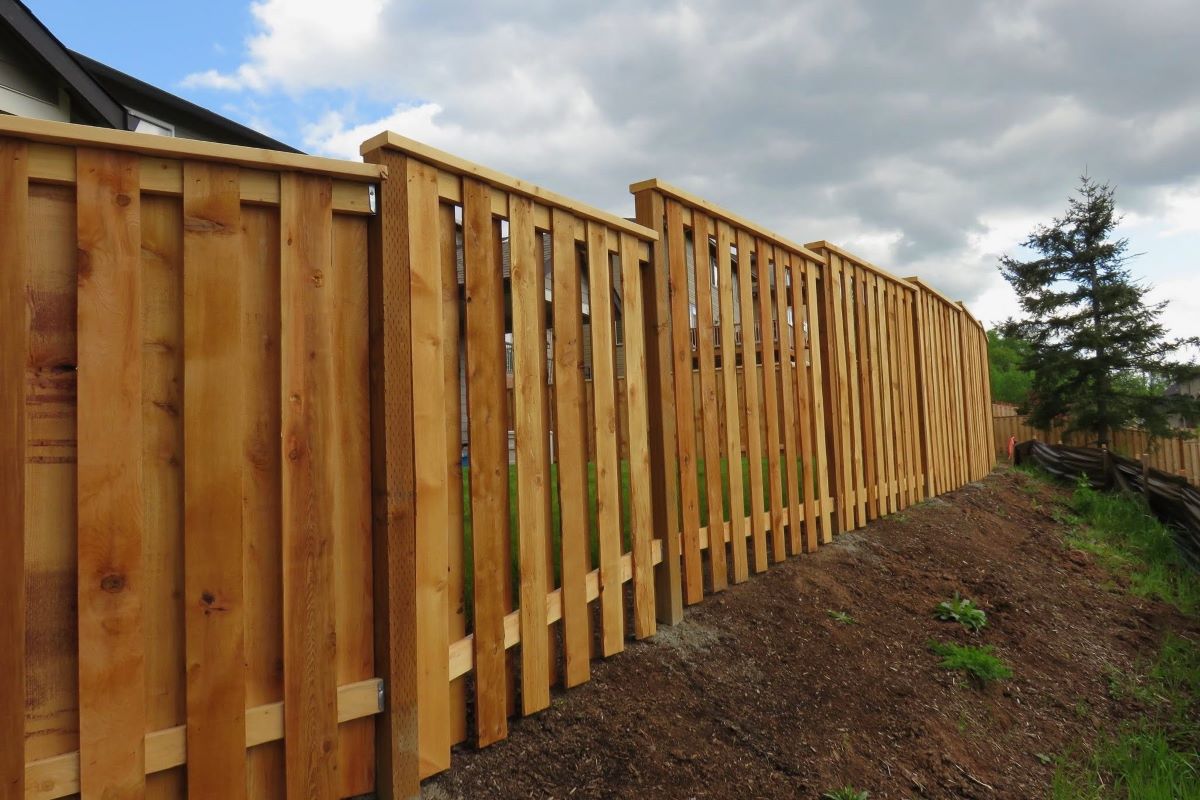
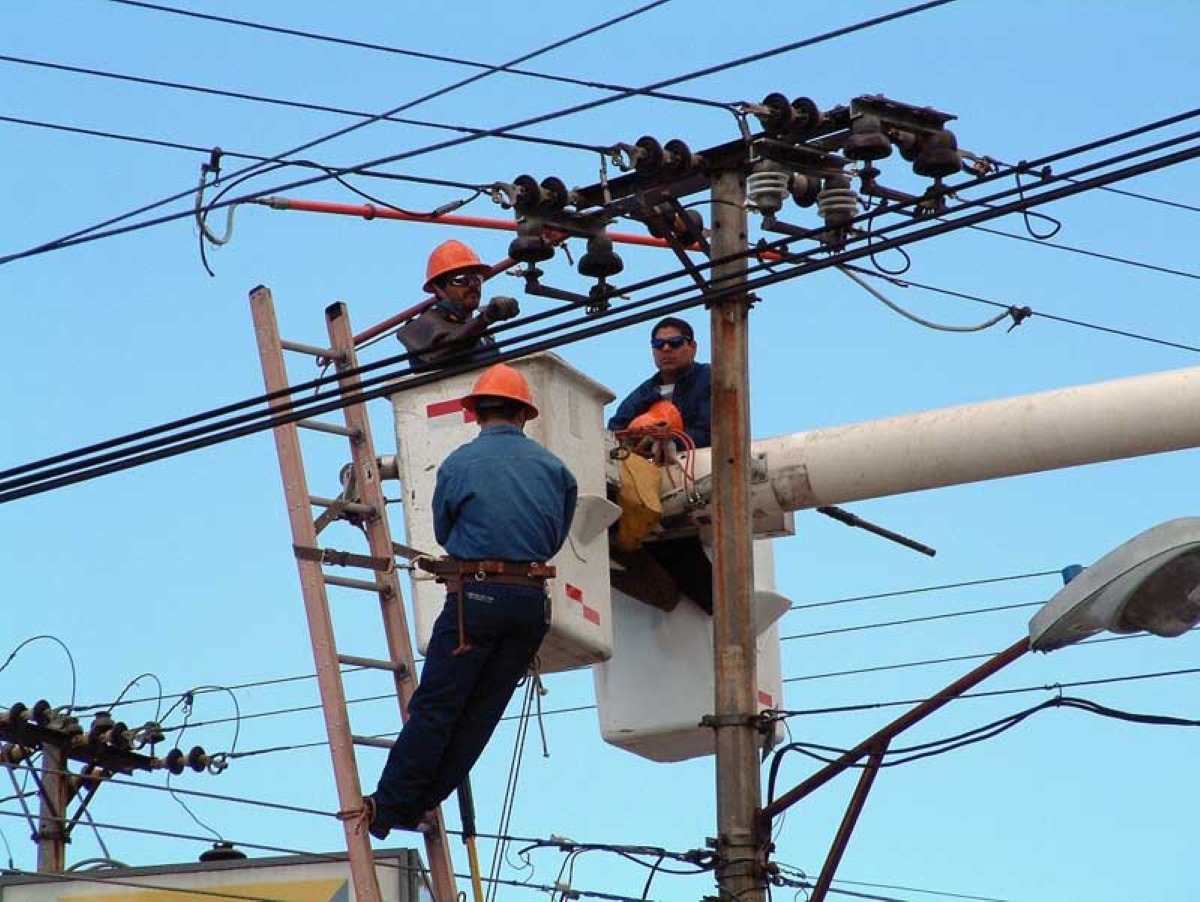


0 thoughts on “Understanding Property Lines: How To Avoid Disputes With Neighbors”